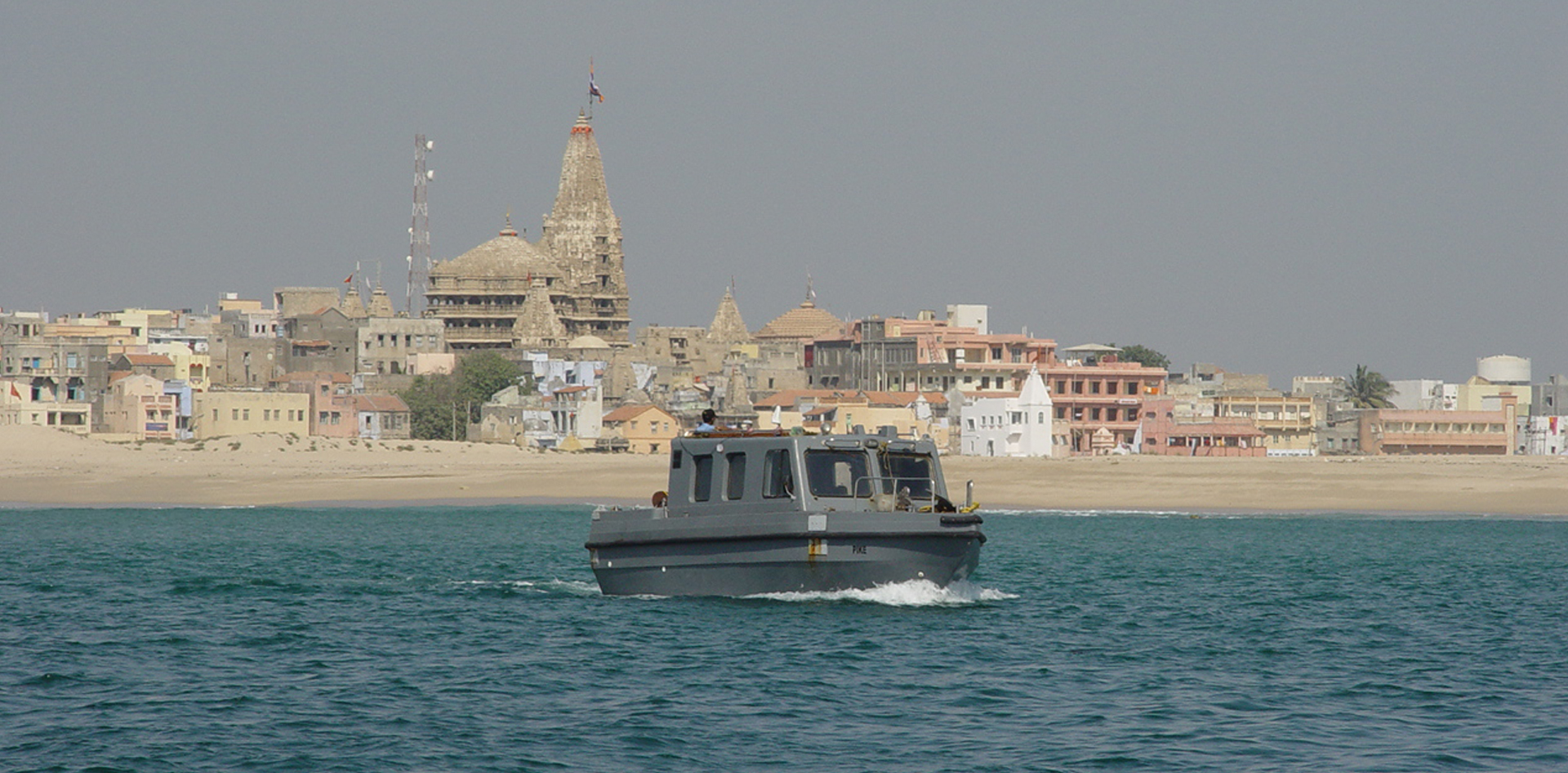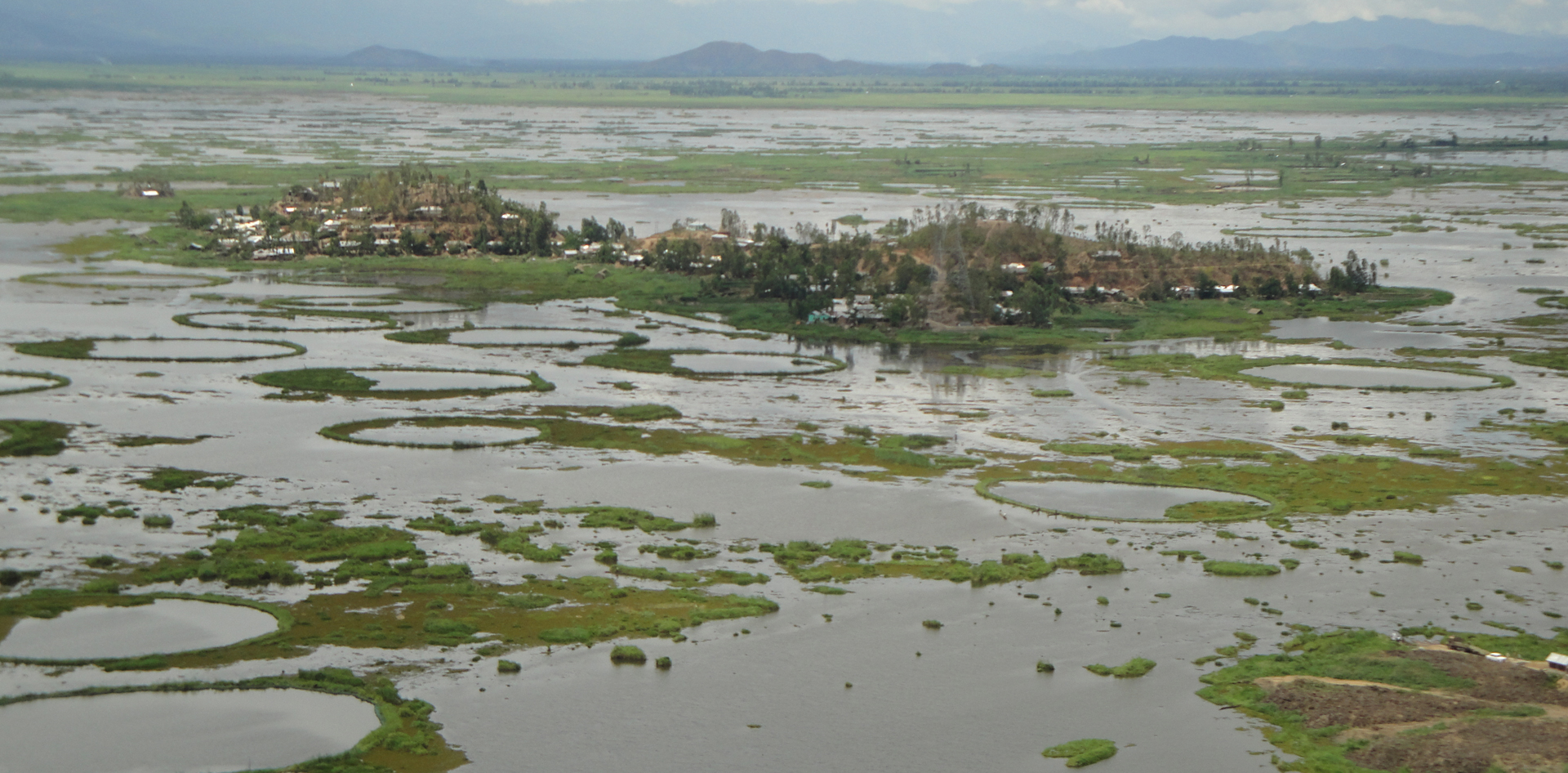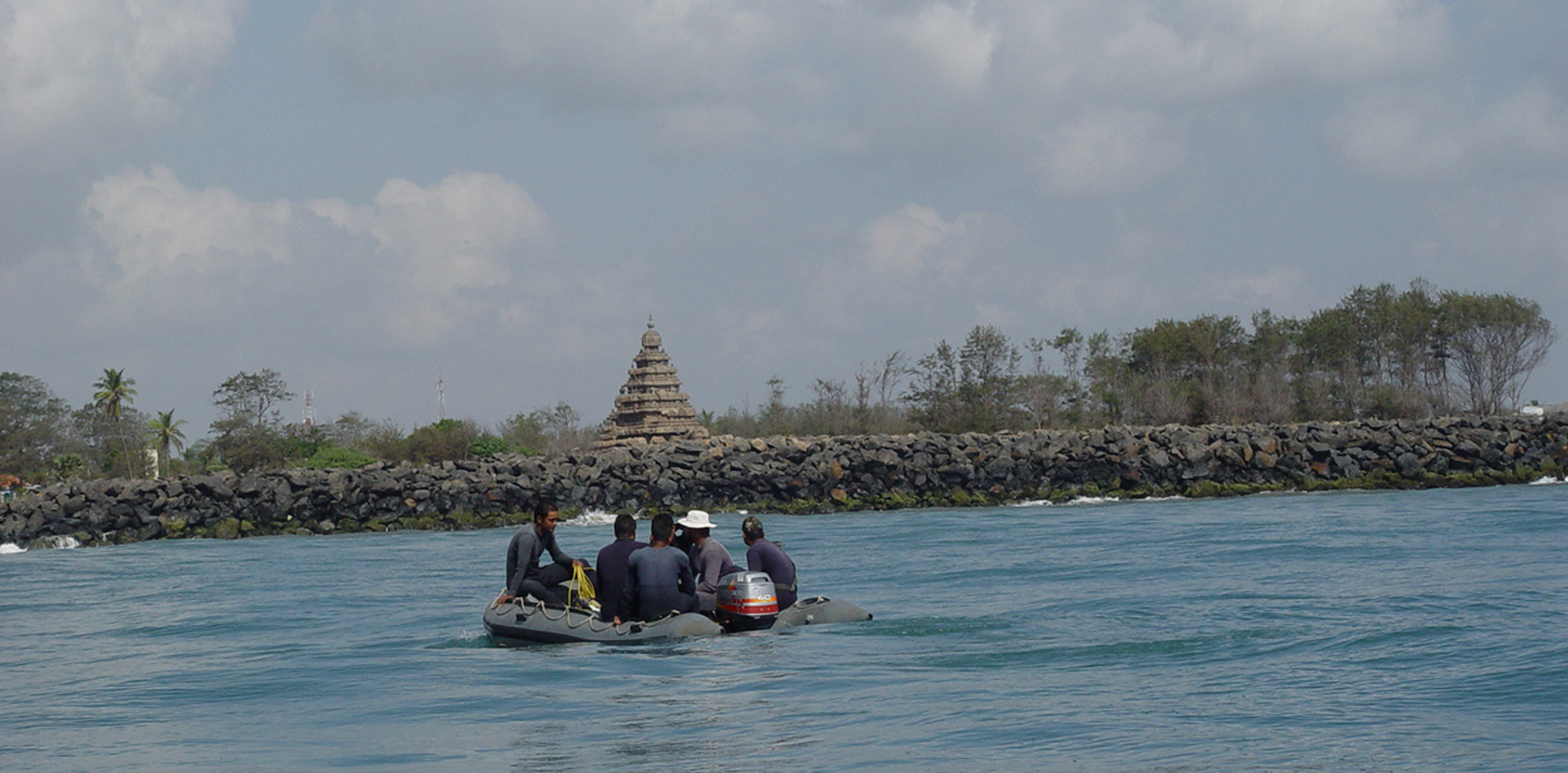- Home
- About Under Water Archaeology
Under Water Archaeology
Beginning of underwater archaeology in India can be traced back to 1981. Offshore explorations in the country generated a lot of popularity to this discipline. Thereafter, establishment of the Underwater Archaeology Wing (UAW) in the Archaeological Survey of India (ASI) in 2001 marked a major step towards the development of the subject. Since its inception, the UAW is engaged in conducting underwater archaeological studies in the Arabian Sea and Bay of Bengal. The UAW is engaged in -
- Documentation of underwater sites and ancient shipwrecks
- Training of professional archaeologists, young researchers and students
- Conduct of seminars to discuss various aspects and to bring awareness
- Protection of underwater cultural heritage
UAW collaborates with other government organizations for the study and protection of underwater cultural heritage. Collaboration with India Navy (IN) has been a success. Protection of underwater cultural heritage and regulation of underwater activities aimed towards the cultural heritage is one of the main concerns of the UAW. Adoption of “Convention on the Protection of the Underwater Cultural Heritage” by UNESCO in 2001 displays the global concern about the protection and management of underwater cultural heritage. UAW has initiated steps for the protection and preservation of the underwater cultural heritage.
Fieldworks
Over a period of time, UAW has carried-out a significant number of underwater archaeological explorations and excavations.
Training
From time-to-time, training courses on different aspects of underwater Archaeology have been organised by UAW. Eight Assistant Archaeologists from different Circles of the Archaeological Survey of India, three archaeologists from Department of Archaeology, Government of Andhra Pradesh, Kerala and Maharashtra, and one research scholar from Andhra University, Visakhapatnam participated in this training programme. The course included lectures on different aspects of Underwater Archaeology, traditional boat building, diving, navigation, maritime law, archival researches, chemical preservation etc., practical demonstrations and film shows on important Underwater Archaeological investigations around the world.
International Seminar on Marine Archaeology
UAW collaborated with Indian Navy in organizing an International Seminar on marine archaeology on the theme “A Marine Archaeological Perspective of the Indian Ocean: A Gateway to the Continents”. The seminar was attended by the delegates from France, Netherlands, Portugal, United Kingdom, United States of America, and India.
Underwater archaeologist of UAW participated in Asia-Pacific regional workshop on the 2001 Convention on the Protection of the Underwater Cultural heritage which was held at Hongkong. The workshop aimed for Implementation of the Convention in the Asia-Pacific Region workshop and was attended by delegates from 25 countries.
 Home
Home







